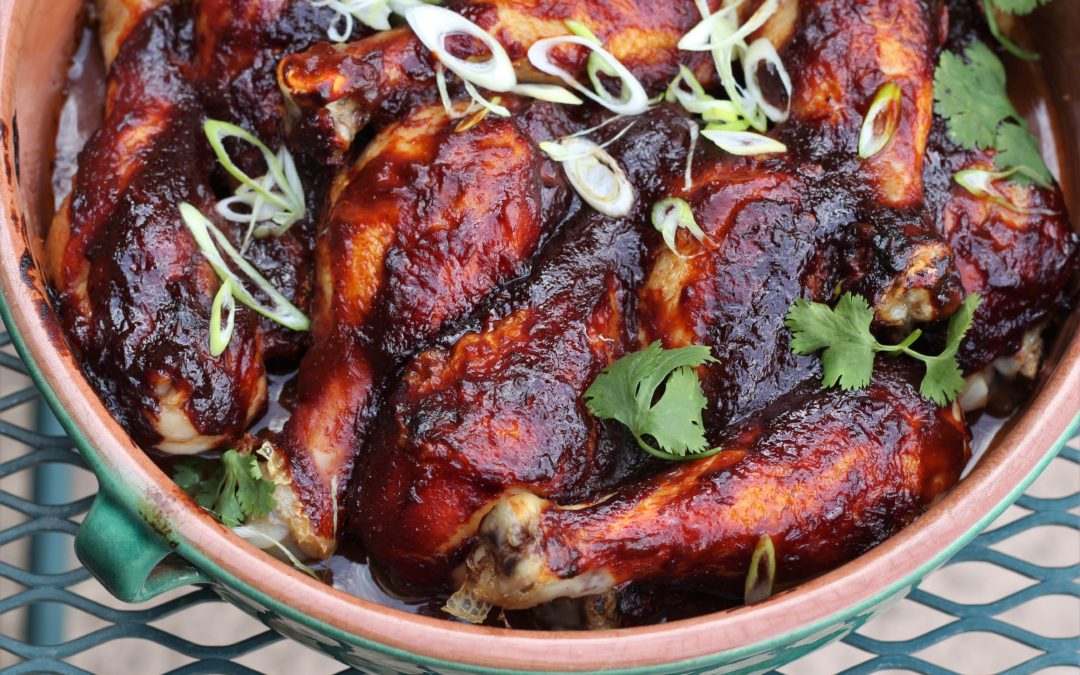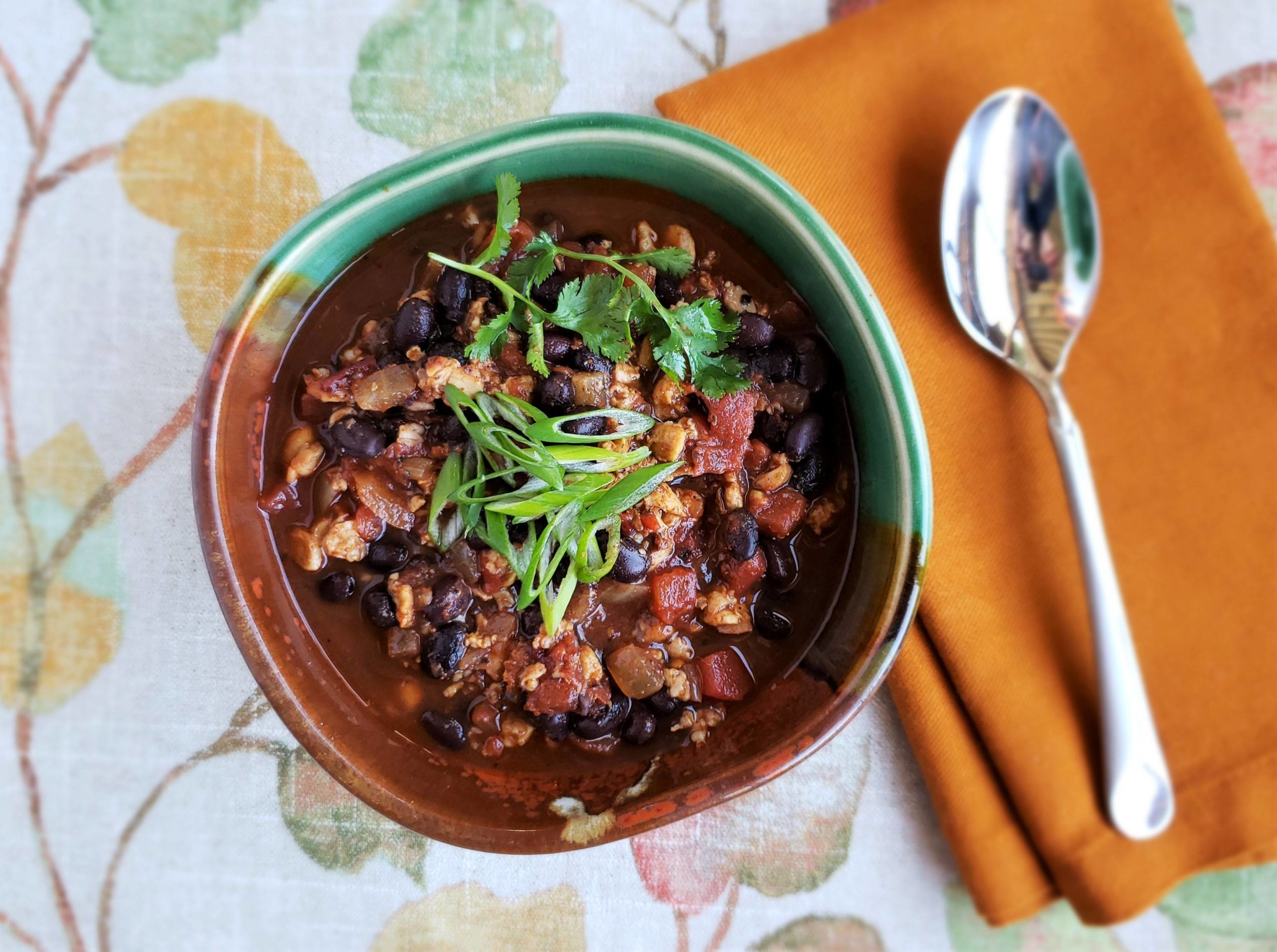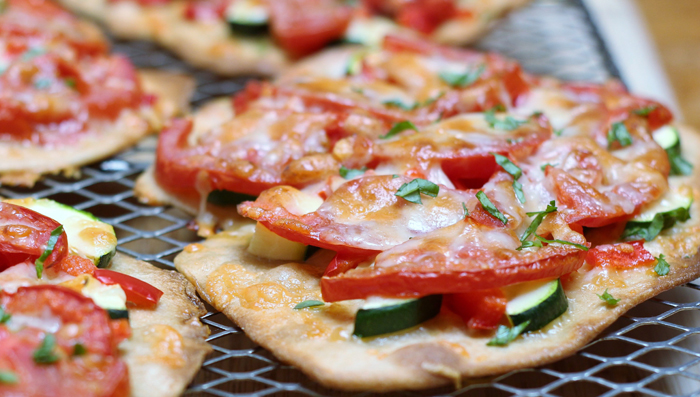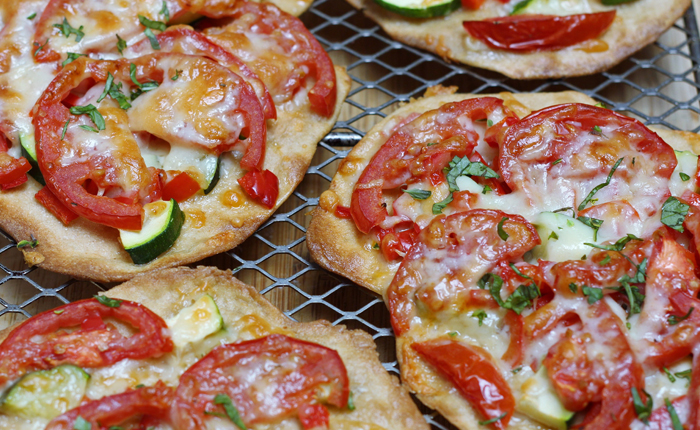Olive-oil galette--Is it a tart? A pizza with a folded edge? A pie you eat for dinner? It’s delicious no matter what you call it and, depending on your fillings, this olive-oil galette works for breakfast, lunch or dinner. This quick, easy tart base can be made...

Meaty Walnut Mushroom Ragout: Flex Your Meatless Options
Meaty Walnut Mushroom Ragout: Flex Your Meatless Options
Walnut Mushroom Ragout (Ragoût, for zee French appetite)
This walnut mushroom ragout (pronounced like the Italian Ragù) is a veggie and meat-eater favorite that delivers a ground-meat texture and umami-meaty flavor from toasted walnuts. Walnuts are high in umami flavors from free glutamate, the amino acid primarily responsible for savory, brothy, meaty flavors. They’re also high in omega-3 fatty acids that most of us struggle to get into our diet in meaningful amounts and, as a nut, walnuts uniquely are an excellent source of the plant-based form alpha-linolenic acid.

From the French verb ragoûter, meaning to “refresh or stimulate the appetite” (the noun goût means taste) .
Combined with common ragoût ingredients such as tomatoes and mushrooms, it’s a crave-worthy dish that complements polenta, pasta or rice and can mimic ground meat in some dishes. By making a few additions, like adding vegetables common to bolognese or spices common to sloppy joes, this dish can flex in multiple directions.
I first demonstrated this dish at Le Cordon Bleu in Paris as part of a plant-based class on using plant-based umami to make veggies more crave-worthy. It also showcased at the national Food and Nutrition Conference and Expo in Chicago to highlight how to create vegan meals that omnivores, and everyone, will love.
Walnut Mushroom Ragout Ingredients
1 ½ cup (about 3.5 ounces) unsalted walnut pieces
1 pound cremini mushrooms (white button can substitute okay)
¼ teaspoon salt
2 tablespoons olive oil, divided
3 tablespoons tomato paste
1 medium yellow onion, diced fine (about 2 cups)
2 medium-sized cloves garlic, minced or grated (about 2 teaspoons)
½ teaspoon smoked paprika
1 cup dry white wine or dry vermouth
1 tablespoon reduced-sodium tamari
6-8 sprigs fresh thyme, minced (about 1 teaspoon)
Steps
1. Heat walnuts in a skillet over medium heat, tossing frequently for 3-5 minutes until toasted. Pour into a food processor and pulse or chop by hand until resembling ground meat.
2. Rinse the mushrooms to remove any dirt. Keep stems, but slice of any ends that may have trapped dirt or debris. Slice mushrooms ½” thick. Put in a microwave-safe bowl and microwave on high for 3 minutes. Stir and microwave another two minutes.
3. Heat a large skillet over a medium-high heat and use a slotted spoon remove the mushrooms into the skillet, keep the mushroom liquid. Sprinkle on the salt and cook mushrooms without stirring. Once start to dry out (about five minutes), add 1 tablespoon of olive oil and toss mushrooms. When mushrooms closest to the pan surface are brown (about 8-10 minutes) stir or toss, cook 2-4 minutes longer then pour into a bowl.
4.Add to the still warm skillet the remaining tablespoon of oil and tomato paste. Reduce the heat to medium, stir to cook the paste for 2-3 minutes.
5. Add the onion, garlic, smoked paprika, walnuts and mushrooms. Stir and cook 2-3 minutes. Add wine, tamari and mushroom liquid, cook until walnuts are tender and liquids are absorbed but the mixture is still moist (20-25 minutes). Stir in minced thyme. Season with salt if needed. If desired, add 1-2 tablespoons of olive oil for additional rich, supple textures.
Walnut Mushroom Ragout Serving Options
Serve with polenta, rice, pasta and baked potatoes or add as a meat substitute for stews or turn into sloppy joes by adding classic sloppy joe spices and ingredients like bell peppers.
Walnut Storage Tips: Because of the luscious nature of walnuts (lovely fat qualities), store in the refrigerator if using soon or the freezer if they won’t be used for a month or more.
More info here at https://walnuts.org/how-to/how-to-buy-care/

Corn, Tomato and Spinach Olive-Oil Galette

Go-To BBQ Sauce: Smokey, Spicy, Tangy & Sweet
Creating a BBQ sauce recipe is basically asking for a culinary throwdown. With parts of our country owning different styles and declaring theirs as the best, I tread on hallowed ground. However, when I get a craving for BBQ, these are the ingredients that hit the...

Lazy, Lighter Chocolat Chaud—Hot Chocolate with French Airs
It snowed in the desert on National Margarita day. Neither event makes sense—a beach-boozy drink celebrated in winter and snow-covered cactus. Instead of tequila, my beverage is based on chocolate liquor—the meat of the cocoa bean.Any cold day seems a good day for a...

Michele Redmond
French-trained Chef, Registered Dietitian Nutritionist & Food Enjoyment Activist
It's about Making Food First
Get Eat Well Academy periodic updates on easy ways to choose and cook foods that satisfy your appetite, nurture your body and make eating well a pleasure.







 The pleasure of food, good health and well-being through simple habits for eating well and flexitarian low-key cooking.
The pleasure of food, good health and well-being through simple habits for eating well and flexitarian low-key cooking. 



